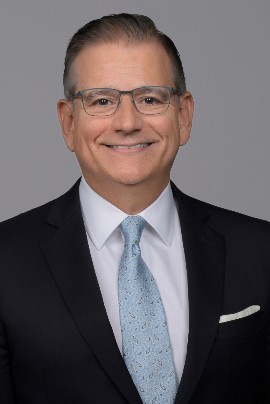Homeowner property insurance is a critical component for property owners in Florida, given the state's susceptibility to hurricanes, flooding, and other natural disasters. Navigating insurance claims can be a complex and challenging process. This blog aims to demystify the process of filing homeowner property insurance claims in Florida, offering practical advice and legal insights.
1. Know Your Policy
The first step in handling an insurance claim is understanding your policy's details. Florida homeowners should be aware of what their insurance covers and what it excludes. Common coverages include damage from wind, water (though often separate from flood damage covered by the National Flood Insurance Program), fire, and theft. It's crucial to review your policy for specific details about deductibles, coverage limits, and any applicable exclusions.
2. Immediate Steps After Damage Occurs
After experiencing property damage:
- Safety First: Ensure the safety of everyone involved and only return to your property when it's safe to do so.
- Document Everything: Take photos and videos of the damage before any clean-up or repairs. This documentation is crucial for your claim.
- Mitigate Further Damage: While you should not undertake significant repairs before the insurance adjuster visits, you are typically required to take reasonable steps to prevent further damage.
3. Filing the Claim
When ready to file a claim, do so promptly as delays can affect the processing of your claim. Provide your insurer with all necessary documentation of the damage and any repair quotes or receipts if emergency repairs were needed. Be thorough and detailed in your submission to avoid delays related to a lack of information.
4. Handling the Insurance Adjuster
The insurance company will send an adjuster to assess the damage and determine the payout. Be present during the adjuster's visit and ready to point out all damage. It's beneficial to have a contractor or a public adjuster present who can offer a second opinion on the damage and necessary repairs.
5. Dispute Resolution
Disputes with insurance companies over claim payouts are not uncommon. If you disagree with the adjuster’s assessment, review your policy for dispute resolution options. You may need to:
- Request a Reassessment: Ask for another adjuster to review the case or submit additional documentation or evidence supporting your claim.
- Mediation or Arbitration: Some policies include mediation or arbitration clauses for resolving disputes.
- Legal Action: Consider hiring an attorney experienced in insurance law to file a lawsuit against the insurer.
6. Legal Considerations
Florida law provides several protections for homeowners:
- Claim Handling Deadlines: Insurers in Florida are required to respond to claims within 14 days and decide on the claim within 90 days after the claim is filed.
- Bad Faith Lawsuits: If an insurer is willfully handling your claim in an unjust manner, you may have grounds for a bad faith lawsuit.
7. Preventive Measures for the Future
To avoid future headaches:
- Review and Update Your Policy Regularly: Ensure your coverage meets your current needs and understand any changes in policy terms.
- Consider Additional Coverage: In light of Florida's high risk for natural disasters, consider adding flood insurance or increasing coverage limits.
Handling homeowner insurance claims can be daunting, but knowing your rights and responsibilities can ease the process. If you find yourself overwhelmed, consulting with a professional can provide guidance and advocacy necessary to navigate the complex waters of property insurance claims in Florida.
Have you or someone you know been denied insurance benefits? Contact Florida Insurance Claims Lawyer J.P. Gonzalez-Sirgo by dialing his direct number at (786) 272-5841, calling the main office at (305) 461-1095, or Toll Free at 1 (866) 71-CLAIM or email Miami Attorney Gonzalez-Sirgo directly at jp@yourattorneys.com or by text at (305) 929-8935.

